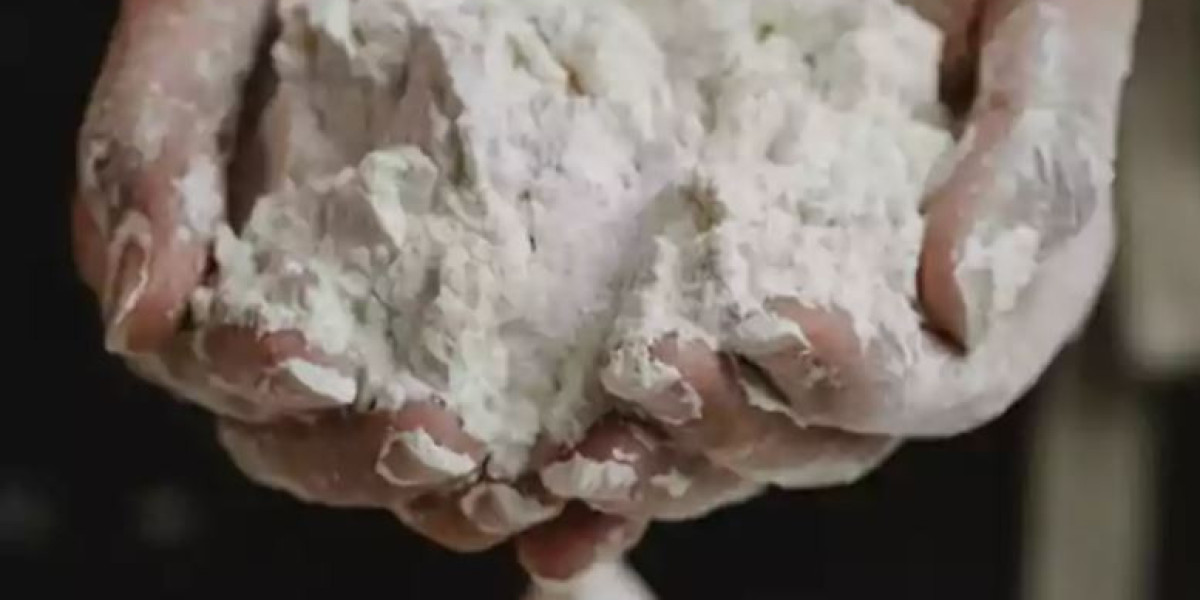Digger and construction toys are some of the most popular items on any child’s gift list. They have been for more than 50 years. What happens when your yard is a real-life sandbox?
Pool excavation is an exciting (and messy!) process. There are several steps before a crew shows up with the heavy equipment. You probably have some questions.
- What happens to my landscaping?
- Can I save some money by digging myself?
- What if you hit something when you dig?
- How much dirt do you need to haul away?
Before the first shovel of dirt moves, let’s get some answers.
It All Starts With a Plan
In Denver, inground pool construction requires several permits. A pool contractor files plans to fulfill the permit requirements.
The plans indicate key elements like the pool location, pool access, safety fencing, plumbing, electrical, and other features.
Homeowners who wish to perform all or some of their own construction must pass a relevant test to perform the work. For most homeowners, digging their own hole is not an option.
Pre-excavation Work
Before your big dig, you need to remove your landscaping (or prepare to lose it.) Clear the area of your swimming pool, deck, and surrounding access. Heavy equipment must enter the area, so you may need easements from your neighbors or temporary fence removal.
Your contractor needs to bring in materials and remove excess dirt. Expect some storage of both dirt and construction supplies on site. Repeated traffic and compaction will destroy any existing landscaping, so prepare to replace it when finished.
Pool Excavation Day
Your pool contractor will visit your site and mark it with spray paint and a wooden frame. The pool excavation process is just one day with large equipment and no obstacles. Once the large dig is complete, a crew will finish the process by hand.
However, if the digger hits a rock, water or even a pocket of gas, all work stops. Your contractor must consult an engineer to correct the construction.
If your site uses smaller equipment, the dig may take several days. The dirt removal is approximately 2-3 times the volume of the hole. Once the dirt is removed it is no longer compacted and takes up more space.
Your contractor will keep a portion of the soil to compact for your pool surround. The rest of the dirt is hauled away from your site. Soil goes to a different site than waste, so it is an additional cost if waste is mixed in.



